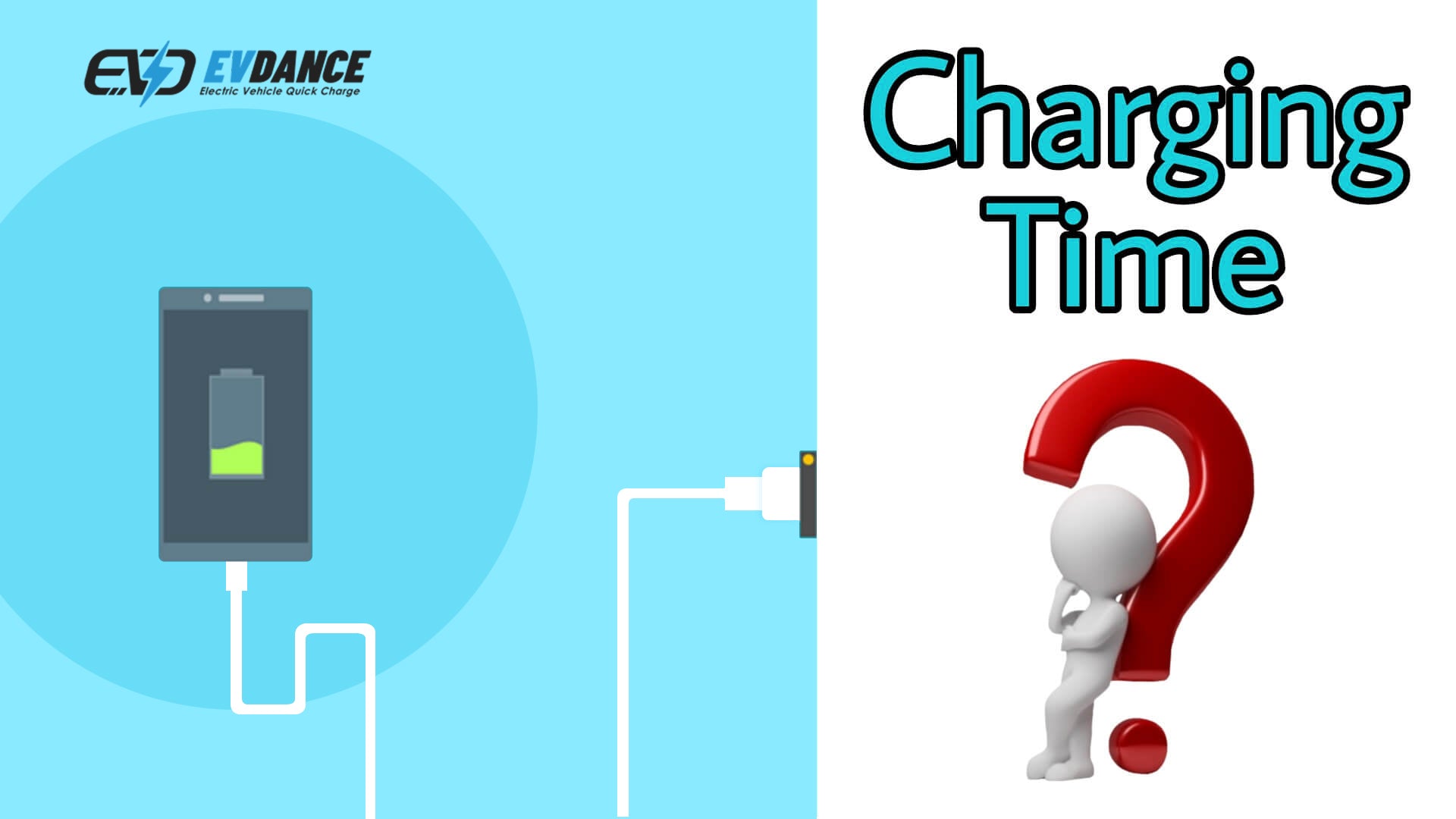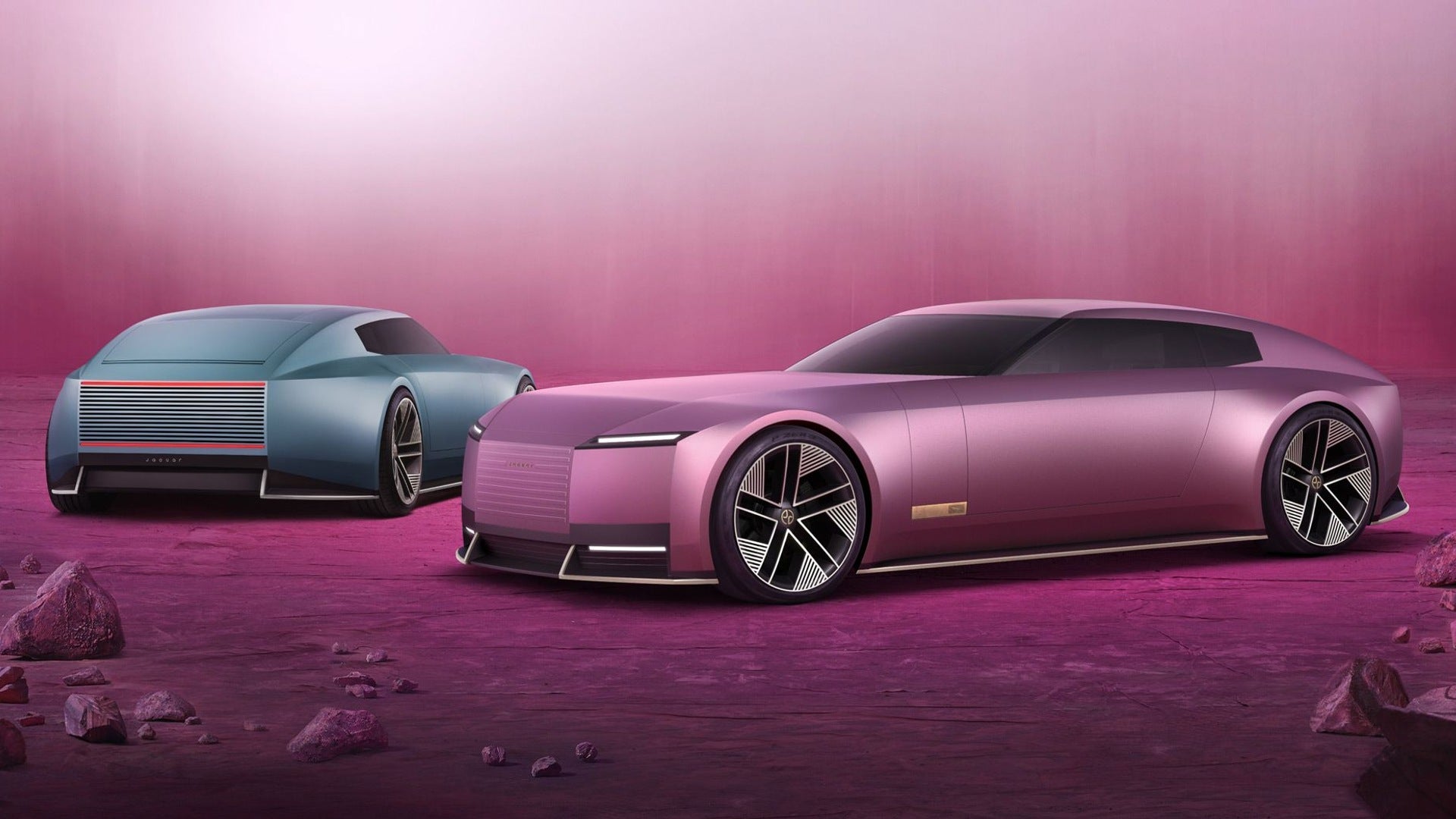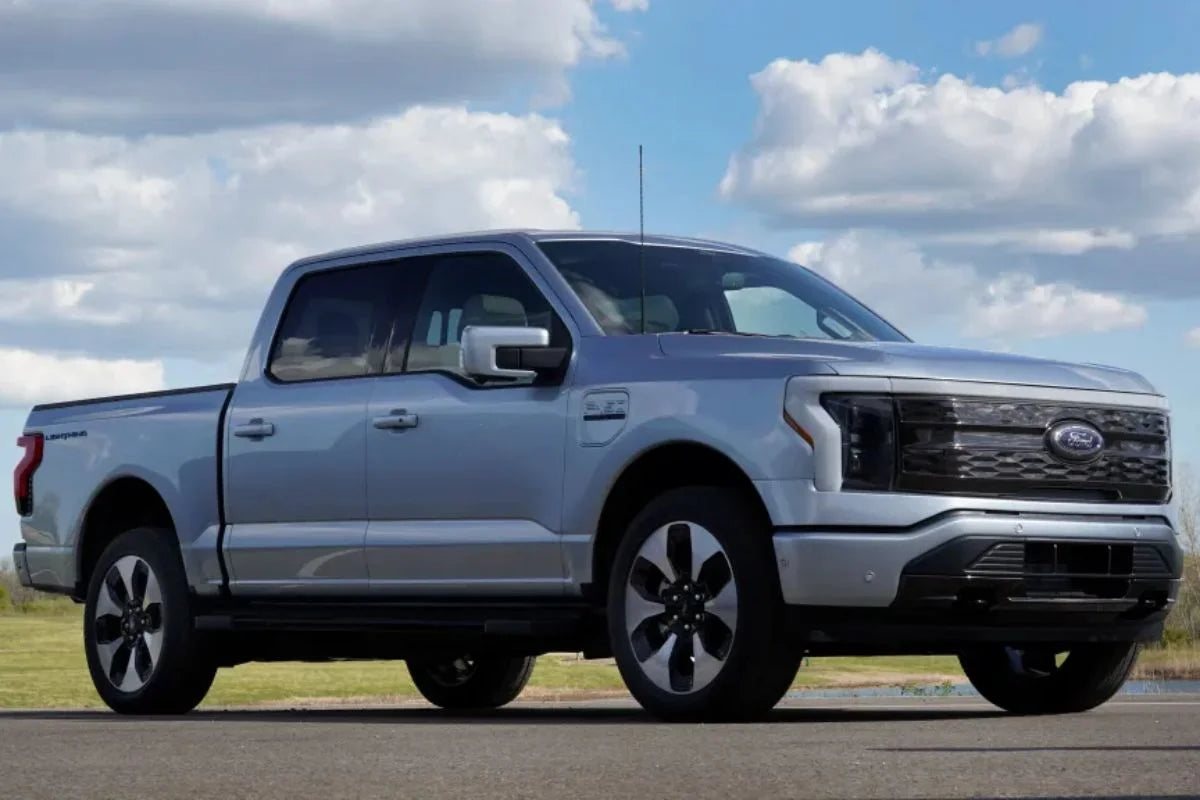Are you tired of waiting around for your car battery to charge? Wondering how long it actually takes to charge a car battery with a EV charger? Look no further! In this ultimate guide, we will answer all your burning questions and provide you with the information you need to know.
Charging a car battery is not a one-size-fits-all process. It depends on various factors such as the battery's capacity, the EV charger's output, and the current state of the battery. We will explain these factors in detail, along with the different charging methods available.
Whether you're planning a road trip or just looking to ensure your battery is ready for the daily commute, understanding charging times is essential. We'll equip you with the knowledge you need to make informed decisions and avoid unnecessary downtime.
So, if you're ready to take control of your car battery charging process, keep reading. We'll guide you through the steps and explain the fastest and most effective ways to charge your car battery. No more guesswork or wasted time – let's get started!
Factors that affect the charging time of a car battery
When it comes to charging a car battery, several factors come into play that can affect the charging time. Understanding these factors will help you determine how long it will take to charge your battery and choose the right EV charger for your needs.
Firstly, the capacity of your car battery plays a significant role in charging time. Batteries with higher capacity take longer to charge compared to those with lower capacity. Additionally, the EV charger's output power is crucial. Higher output ev chargers can charge your battery more quickly, while lower output EV chargers will take longer.
Another important factor is the current state of your battery. If your battery is completely drained, it will take longer to charge compared to a partially discharged battery. The charging time can also be affected by the ambient temperature. Extreme temperatures, both hot and cold, can slow down the charging process.
Different types of car battery EV chargers
Now that you understand the factors that affect charging time, let's explore the different types of car battery EV chargers available in the market. Each type has its own advantages and disadvantages, so it's important to choose the one that suits your needs.
1. Trickle EV chargers: These EV chargers provide a low, constant current to the battery over an extended period. They are ideal for long-term maintenance charging and are suitable for batteries that are not completely drained.
2. Smart EV chargers: Smart EV chargers are more advanced and feature microprocessors that monitor the battery's voltage and adjust the charging rate accordingly. They are fast and efficient, ensuring the battery is charged to its optimum level.
3. Fast EV chargers: As the name suggests, fast EV chargers are designed to charge the battery quickly. They deliver a high charging current but require careful monitoring to avoid overcharging and damage to the battery.
4. Solar EV chargers: Solar EV chargers harness the power of the sun to charge your car battery. They are portable and environmentally friendly, but their charging speed is dependent on the amount of sunlight available.
Step-by-step guide on how to charge a car battery with a EV charger
Now that you have a good understanding of the factors that affect charging time and the different types of EV chargers, let's walk through the step-by-step process of charging a car battery with a EV charger.
Step 1: Safety first. Before starting, make sure to wear protective gloves and goggles to prevent any accidents. Also, ensure that the EV charger is unplugged and the car's engine is turned off.
Step 2: Locate the battery. In most cars, the battery is located in the engine compartment. If you're unsure, consult your car's manual or seek professional help.
Step 3: Connect the EV charger. Identify the positive and negative terminals on the battery. The positive terminal is usually marked with a plus sign, while the negative terminal is marked with a minus sign. Connect the ev charger's positive clamp to the positive terminal and the negative clamp to the negative terminal.
Step 4: Set the EV charger. Set the EV charger to the appropriate charging mode, depending on the type of battery and charger you're using. Follow the manufacturer's instructions for the best results.
Step 5: Start charging. Plug in the EV charger and turn it on. The EV charger will start supplying power to the battery. Monitor the charging progress and adjust the settings if necessary.
Step 6: Monitor the charging process. Keep an eye on the EV charger and battery to ensure everything is functioning properly. If you notice any unusual smells, sounds, or excessive heat, stop the charging process immediately and seek professional assistance.
Step 7: Charging complete. Once the battery is fully charged, turn off the EV charger and unplug it from the power source. Disconnect the clamps from the battery terminals, starting with the negative clamp followed by the positive clamp.
Understanding battery voltage and charging rates
To fully understand how long it takes to charge a car battery, it's important to have a basic understanding of battery voltage and charging rates. The voltage of a battery is a measure of its electrical potential. Most car batteries have a voltage of around 12 volts.
When it comes to charging rates, they are typically measured in amps (A) or milliamps (mA). Charging rates can vary depending on the EV charger's output and the battery's capacity. It's important to choose a EV charger with an appropriate charging rate to avoid overcharging or undercharging the battery.
As a general rule, a EV charger with a higher charging rate will charge the battery faster. However, it's essential to match the EV charger's output with the battery's capacity to prevent damage. Consult the battery manufacturer's guidelines or seek professional advice to determine the optimal charging rate for your battery.
Common mistakes to avoid when charging a car battery
While charging a car battery may seem straightforward, there are several common mistakes that can lead to damage or ineffective charging. By avoiding these mistakes, you can ensure a smooth and efficient charging process.
One common mistake is connecting the EV charger clamps incorrectly. It's crucial to connect the positive clamp to the positive terminal and the negative clamp to the negative terminal. Reversing the connections can cause a short circuit and damage the battery or EV charger.
Another mistake is using the wrong EV charger for your battery. Each battery has specific charging requirements, and using an incompatible EV charger can result in overcharging, which can damage the battery. Always choose a EV charger that is compatible with your battery's voltage and capacity.
Additionally, leaving a EV charger connected for too long can overcharge the battery. It's important to monitor the charging progress and disconnect the EV charger once the battery is fully charged. Overcharging can lead to reduced battery life and potential safety hazards.
Tips for maintaining a healthy car battery
To extend the lifespan of your car battery and ensure it stays in optimal condition, regular maintenance is key. Here are some tips to help you maintain a healthy car battery:
1. Keep the battery clean: Regularly clean the battery terminals and remove any corrosion using a mixture of baking soda and water. This will prevent poor electrical connections and extend the battery's life.
2. Check the battery's fluid level: Some car batteries require regular maintenance, including checking and replenishing the fluid level. Consult your battery's manual for instructions.
3. Avoid deep discharges: Try to avoid completely discharging your battery, as this can significantly reduce its lifespan. If your car battery frequently discharges, consider checking the electrical system for any issues.
4. Store the battery properly: If you're storing your car for an extended period, remove the battery and store it in a cool, dry place. This will help prevent self-discharge and extend its life.
5. Regularly test the battery: Use a battery tester or have a professional test your battery regularly to ensure it's holding a charge and functioning properly.
By following these maintenance tips, you can ensure your car battery stays healthy and reliable, reducing the need for frequent charging.
Charging time for different types of car batteries
The charging time for a car battery can vary depending on its type and capacity. Different types of batteries have different charging characteristics, and it's important to be aware of these differences.
Conventional lead-acid batteries, commonly found in most vehicles, usually take 4-24 hours to charge fully. The charging time depends on the battery's capacity, the EV charger's output, and the battery's current state of charge.
AGM (Absorbent Glass Mat) batteries, which are becoming increasingly popular due to their superior performance, can typically be charged faster than conventional batteries. They have a higher charge acceptance rate and can handle higher charging currents.
Lithium-ion batteries, which are commonly used in electric vehicles, have a faster charging time compared to traditional lead-acid batteries. Depending on the EV charger's output and the battery's capacity, lithium-ion batteries can be charged in a matter of hours.
It's important to consult the battery manufacturer's guidelines to determine the optimal charging time for your specific battery. Overcharging or undercharging can lead to reduced battery life and performance.
Frequently asked questions about car battery charging
1. How long does it take to charge a car battery with a trickle EV charger?
- Trickle EV chargers provide a low, constant current and typically take 12-24 hours to charge a car battery fully.
2. Can I use a smart EV charger to charge a completely dead battery?
- Yes, smart EV chargers are designed to charge batteries at different states of charge. However, if the battery is completely dead, it may take longer to charge compared to a partially discharged battery.
3. Is it safe to charge a car battery in cold weather?
- Charging a car battery in cold weather is generally safe. However, extreme cold temperatures can affect the battery's performance and charging time.
4. Can I use a fast EV charger to charge any type of car battery?
- Fast EV chargers deliver a high charging current and should be used with caution. It's important to ensure that the EV charger's output is compatible with your battery's specifications to avoid overcharging or damaging the battery.
5. Can I leave a car battery on a EV charger for an extended period?
- It's generally not recommended to leave a car battery connected to a EV charger for an extended period. Overcharging can lead to reduced battery life and potential safety hazards.
Conclusion: Choosing the right EV charger for your car battery
In conclusion, the charging time of a car battery depends on various factors such as the battery's capacity, the EV charger's output, and the current state of the battery. By understanding these factors, you can choose the right EV charger and optimize the charging process.
Remember to consider the different types of EV chargers available, such as trickle EV chargers, smart EV chargers, fast EV chargers, and solar ev chargers. Each type has its own advantages and disadvantages, so it's important to select the one that suits your needs and battery type.
Follow the step-by-step guide to charging a car battery with a EV charger to ensure a safe and efficient charging process. Avoid common mistakes such as incorrect connection of EV charger clamps and using the wrong EV charger for your battery.
Regular maintenance and proper storage of your car battery can help extend its lifespan and reduce the need for frequent charging. Test your battery regularly and follow the tips provided to maintain a healthy battery.
Lastly, consult the battery manufacturer's guidelines for specific charging times and recommendations for your battery type. With the right EV charger and proper charging techniques, you can keep your car battery charged and ready for any journey. No more waiting around or wasted time – take control of your car battery charging process today!








Share:
Is it cheaper to charge an EV?
The Difference Between Level 1 & 2 & 3 EV Chargers